
04-01-2026 17:45
 Stephen Martin Mifsud
Stephen Martin Mifsud
I was happy to find these orange asmocyetes which

03-01-2026 13:08
Niek SchrierHi all,We found groups of perithecia on a Lecanora

29-12-2025 17:44
Isabelle CharissouBonjour,J'aimerais savoir si d'autres personnes au

02-01-2026 17:43
MARICEL PATINOHi there, although I couldn't see the fruitbody, I

01-01-2026 18:35
Original loamy soil aside a artificial lake.The co

31-12-2025 19:27
Collected from loamy soil, at waterside (completel
Pyreno with striate ascospores
Maren Kamke,
20-07-2014 23:13
 Hi everybody,
Hi everybody,I found this species on Impatiens and Meconopsis. Perethecia immersed, 0,1 mm. Spores (10-7) 8,4 x 2,95 (2,5-3) µm, hyaline, finly striate. Asci uniseriate, up to 70x45 µm, IKL negative.
Thank you,
Regards Maren
Gernot Friebes,
20-07-2014 23:18
Re : Pyreno with striate ascospores
Hi Maren,
probably a Phomatospora.
Best wishes,
Gernot
probably a Phomatospora.
Best wishes,
Gernot
Alain GARDIENNET,
21-07-2014 07:23
Re : Pyreno with striate ascospores
Yes, and probably P. berkeleyii.
Alain
Maren Kamke,
21-07-2014 07:24

Re : Pyreno with striate ascospores
Thank you Gernot and Alain,
it is P. berkeleyi, described on grasses. I was confused because I didn't find the mentioning of the striation of the spores.
Regards Maren
it is P. berkeleyi, described on grasses. I was confused because I didn't find the mentioning of the striation of the spores.
Regards Maren
Alain GARDIENNET,
21-07-2014 08:23
Re : Pyreno with striate ascospores
Please look at Mycotaxon 19, striation is well mentionned.
P. berkeleyii is usual on grasses, but it has been seen on other plants like Urtica.
Alain
Jaklitsch Walter,
21-07-2014 21:28
Re : Pyreno with striate ascospores
Hi,
the original host is potato stalks. The type species is not easy to grasp and there may be several similar-looking species.
Maren, could you be so kind and send me some good material for culturing? We would need this to solve a rather "ancient" question about the position of another species.
Thanks, Walter
the original host is potato stalks. The type species is not easy to grasp and there may be several similar-looking species.
Maren, could you be so kind and send me some good material for culturing? We would need this to solve a rather "ancient" question about the position of another species.
Thanks, Walter




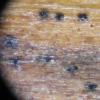
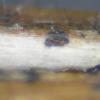
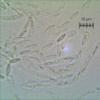
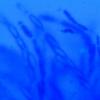
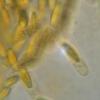
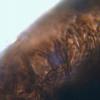
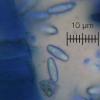
 0318b-0001.jpg
0318b-0001.jpg